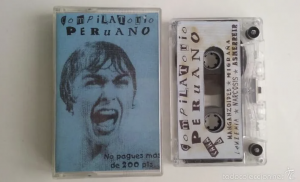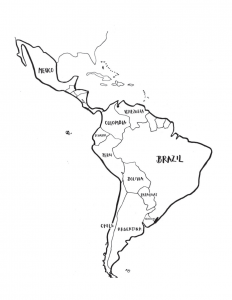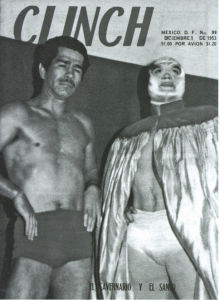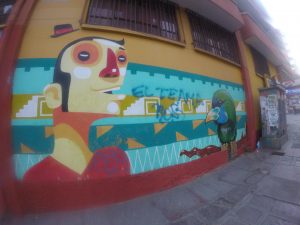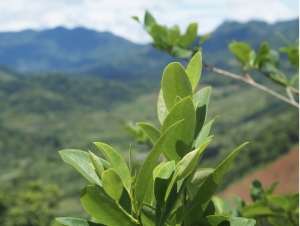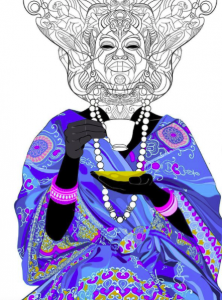
Mafalda condensed two main themes generational and gender. In terms of gender, Mafalda presented in style androgynous apart from traditional gender role physique. She was drawn in a skirt, however her female attire failed to soften her boyish features and personality says Cosse. This character framing of a young girl hadn’t been previously seen or depicted in a light away from stereotypical standings of women. The advent of social class was another point in this story that impacted people’s consciousness around the differences amongst classes. In addition to looking different the protagonist would find herself in unique situations, responding in a fashion unseen (again) by someone of her demographic. The interpersonal relationship this character had was also unique. Cosse says that Mafalda was depicted in a comforter position in relation to her mother and challenged traditional ideas of motherhood. Stating that women should gain a degree to be successful when at the time it was uncommon for women to attend post secondary.
“The value of motherhood was also inverted, as the daughter’s demand entailed that being ‘‘somebody’’ required a ‘‘degree,’’ in contrast to the traditional idea that motherhood was the natural female vocation. The irony resonated clearly with both male and female readers alike: the intellectualized little girl and her mother embodied the conflicts sparked by the new styles of womanhood.’’
This made me think about how there is always a realest or challenger within archetypal storytelling. Someone who does something for the first time or challenges the constraints of one’s own circumstance in pursuit of something different. These kind of questions beg to consider what ways does storytelling and archetypes share society? Or, the counter acting of stories and narratives to assume some other more desirable way of living or being. This example of storytelling and depicting of characters is an example of someone challenging what is expected, assumed or constrained. This text also points out the ways in which this world that is so fixated on gender.
